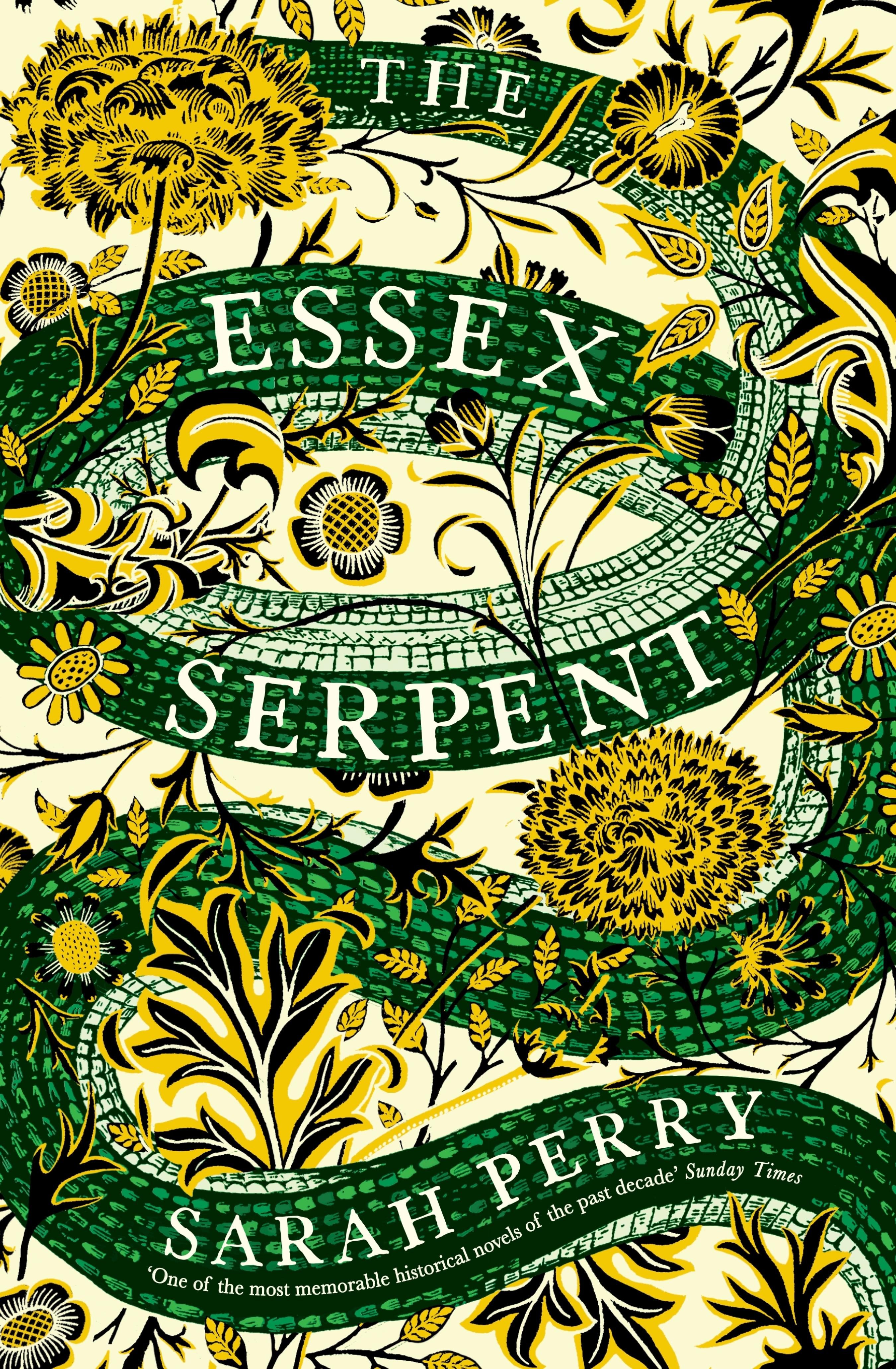I study English literature and read too much. Concise reviews of the ridiculous miscellany of my reading choices. Sometimes also things I watch and listen to. But mostly read.
Tuesday, 18 July 2017
The Essex Serpent by Sarah Perry
Waterstones chose this as its Book of the Year for 2016, and as I would probably trust Waterstones with my life (half of the good books I've found in the past two years come from the little tables they lay out featuring certain books), I thought I had to read it. I wasn't really incredibly impressed, it's quite a clever book and has reasonably interesting characters, but I found it somewhat unsatisfying and too straightforward. I was interested by the beginning, when Cora, the main character, is experiencing very confused emotions of great happiness alternated by grief for the death of her abusing husband with whom she apparently had a sadomasochistic relationship. I thought the rest of the novel would be similarly twisted and interesting, but it became more and more blase as the story progressed, and had a lot of episodes that were clearly supposed to be heartwarming, but just kind of came out as kitsch. The best thing about the novel is its sophisticated and fascinating use of imagery. It is greatly concerned with how people see things and create them in their minds (such as the title creature), and so descriptions are very important in fleshing out the characters' point of view. What unites Cora and the rector William Ransome is that they see the same things in the same way, while William's consumptive wife lives half in the next world, seeing visions of angels and picking out blue things in the world around her, as if gathering pieces of heaven. Descriptions of similar sounds or sights from different perspectives drive the story and the meaning of similar things can fluctuate drastically depending on the person and situation. One of the most memorable instances of this is a description of William's strangled cry of lust for Cora, and then a description of a similar sound from another perspective, that turns out to be the coughing of a dying man. The novel plays these kinds of games, when the same or similar thing can have completely opposed connotations (love/death, religion/science, etc). I found the characters somewhat unsatisfying, especially as they seemed to get sort of watered down as the novel progressed. My favourite character, the doctor Luke Garrett was at first fanatically ambitious, witty and in a weird way charming, but this didn't carry on all the way thought the book. The ex-nurse of Cora's son, Martha, now her companion, was hinted in no very uncertain terms to be a lesbian, but this was never developed or explicitly discussed. And finally, even though Cora is supposed to be charming and great and everyone loves her, I just wasn't interested in her, or in William Ransome, and didn't really understand what was at all interesting or unusual about her, except that she is somewhat unconventional and doesn't like dressing nicely.
Subscribe to:
Post Comments (Atom)

No comments:
Post a Comment